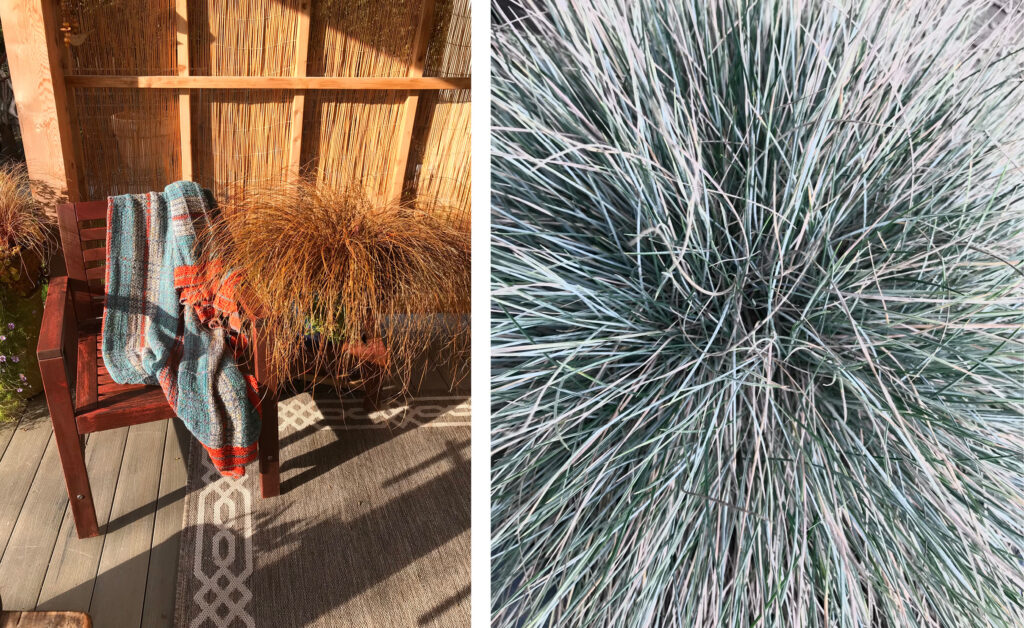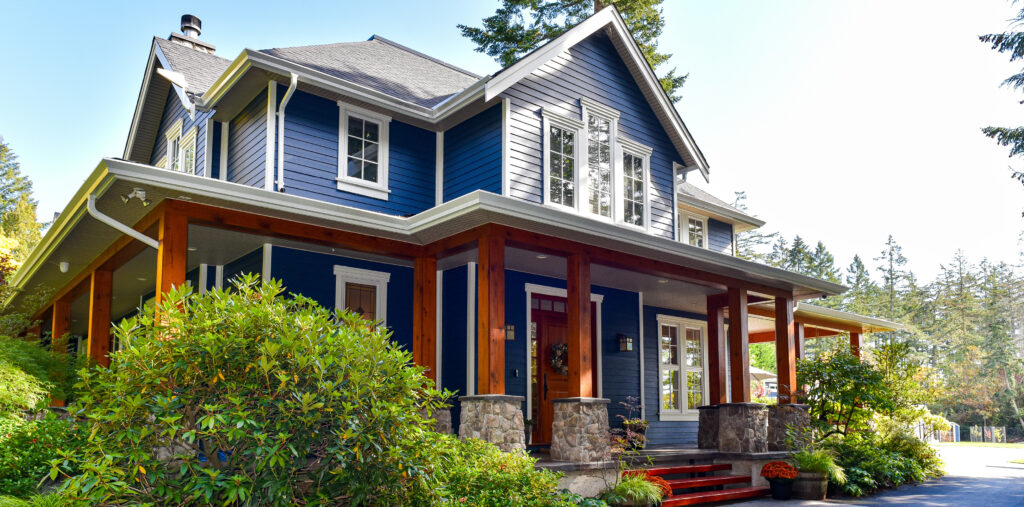– by Trudi Jones –
Urban areas are experiencing a shortage of land and developers are opting for higher density with smaller homes. Homeowners have to be creative in utilizing these spaces to their maximum efficiency, so the following are some basic guidelines that can make this process both easier
and fun.
First step: Take an overall inventory of what you own. This is the perfect time to purge your home of the things that no longer serve a purpose, have no particular sentiment or will not fit in your new space. Donate unwanted items or sell online or at a consignment store; every bit of money you make can go towards new expenses.
Second step: Write a list of the household’s lifestyle. Do you entertain, need a computer desk, storage for sports or hobbies, etc?
Third step: Take measurements of your space, including any built-ins, and do a drawing to scale. You do not have to be a draftsman or a designer to do this; you just need draft paper, a pencil, eraser and a ruler and you’re ready.
Fourth step: Now this is where the creative fun starts! There are options for your selections to seamlessly make a small space appear more spacious and efficient. The sofa should be light in colour and have visible legs. Choose a coffee table that is multi-purposed. Using floor-to-ceiling window treatments will draw your eyes up the wall. Take advantage of nooks or repurpose an existing closet as the perfect place to put a little desk or extra shelving.
A sheer curtain or a screen can work as a room divider. Use a full body mirror. A feature wall in a bright colour paired with light-coloured furniture looks open and fresh and gives a sense of drama. A retractable or murphy bed gives you space during the day. Think modular and modern; cleaner lines leave things uncluttered. It is always best to go slowly, this way you can assess as you go along. In general, think creatively; where you can find space, use it.
Fifth step: When you are getting a plan together, you also need to establish a budget. Browse online sites like Pinterest and Houzz to get ideas that may apply to your plan. These sites will also help you source what you may be looking for.
These steps are easy to follow, but sometimes the decision-making and the sourcing of materials and furnishings can be overwhelming. A good interior designer can be involved in all or some of these steps to assist you in creating the best design solutions for your needs and for the space.
For more information search Trudi Jones Interior Design on Facebook.




